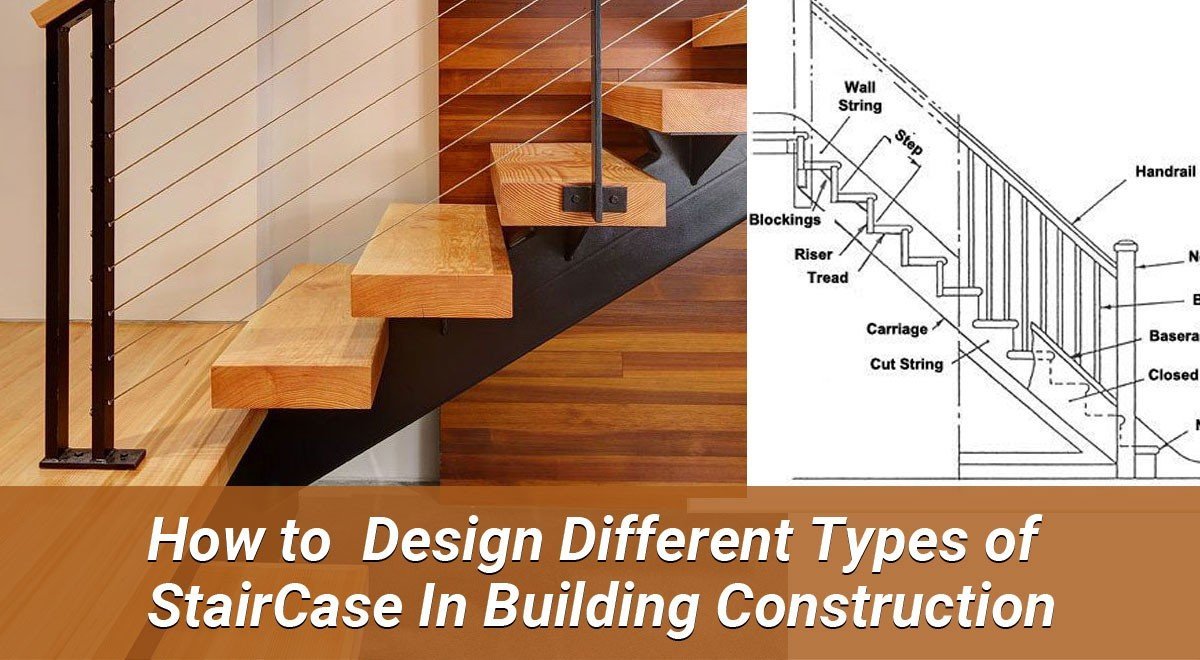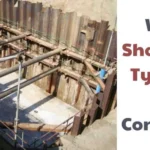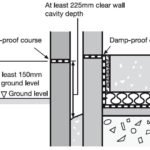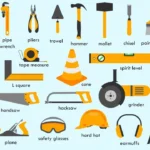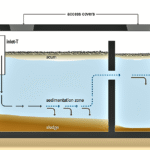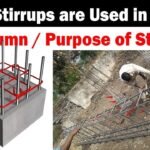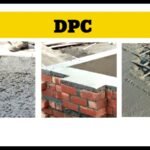Staircases are not just functional—they are a vital part of a home’s architecture. In Indian homes, the choice of staircase design affects space, style, and comfort. Selecting the right staircase improves movement and enhances interior aesthetics. This guide explains various types of staircase designs, their features, benefits, and drawbacks. It also helps you decide which is best for your home or building.
1. Straight Staircase
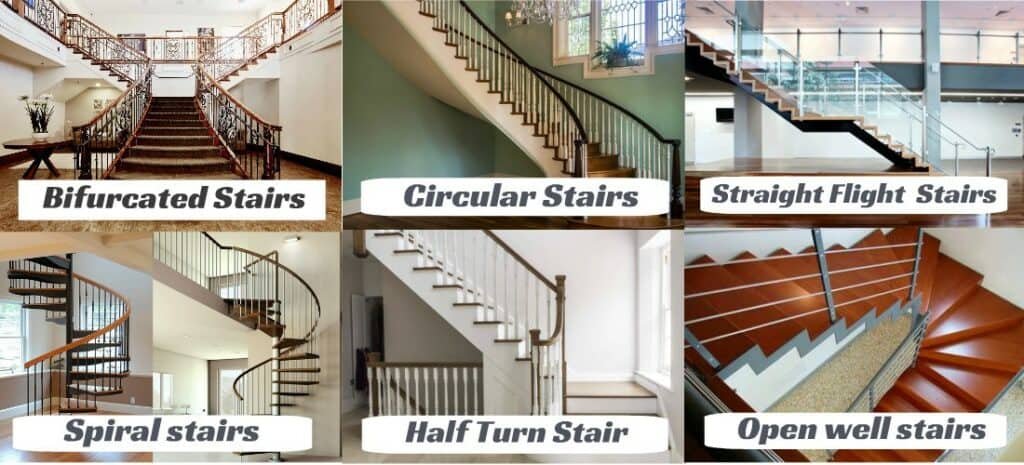
A straight staircase has no turns or changes in direction. It is the most basic and widely used type.
- Best for: Simple homes and offices
- Advantages: Easy to construct, budget-friendly, and safe
- Disadvantages: Needs more linear space and looks plain
2. L-Shaped Staircase (Quarter Turn)
This staircase has one turn, forming an L-shape. It includes a landing between the flights.
- Best for: Duplex homes and apartments
- Advantages: Saves space, adds privacy, and is safer
- Disadvantages: Slightly more complex to design
3. U-Shaped Staircase (Half Turn)
This design turns 180 degrees and includes a landing between the two flights.
- Best for: Large homes and commercial buildings
- Advantages: Comfortable to climb and attractive
- Disadvantages: Needs more design planning and space
4. Winder Staircase
This type replaces the landing with triangular steps that help change direction.
- Best for: Compact homes
- Advantages: Space-saving and continuous flow
- Disadvantages: Not very safe for children or elderly people
Also Read Slip Formwork in Construction: Fast, Seamless & Modern Concrete Casting 2025 Guide
5. Spiral Staircase
These stairs circle tightly around a central post. They are ideal for places with very little space.
- Best for: Lofts, terraces, and studio apartments
- Advantages: Takes up minimal space and looks modern
- Disadvantages: Difficult for moving furniture; less safe
6. Curved Staircase
This staircase has a smooth, curved shape without any landings or angles.
- Best for: Villas, bungalows, and elegant interiors
- Advantages: Premium appearance and smooth climbing
- Disadvantages: Expensive and hard to construct
7. Helical or Circular Staircase
This type looks like a spiral but is wider and has no central pole.
- Best for: Duplex homes and luxury spaces
- Advantages: Aesthetic and functional
- Disadvantages: Requires more floor space and expert design
8. Bifurcated Staircase
It has a broad central flight that splits into two narrower flights going in opposite directions.
- Best for: Hotels, banquet halls, and palaces
- Advantages: Grand and majestic look
- Disadvantages: Needs a large area and high construction cost
9. Floating Staircase
Also called cantilevered stairs, these appear to float without support from underneath.
- Best for: Modern Indian homes
- Advantages: Stylish, minimalistic design
- Disadvantages: Needs strong wall support and skilled labour
10. Storage Staircase
These stairs are designed with storage drawers or cupboards under the steps.
- Best for: Flats and small homes
- Advantages: Makes good use of space
- Disadvantages: Custom design increases cost
11. Ladder-Type Staircase
A steep and narrow design, similar to a ladder.
- Best for: Lofts, attics, and rarely used areas
- Advantages: Budget-friendly and space-saving
- Disadvantages: Unsafe for regular use
12. Dog-Legged Staircase
It consists of two flights running in opposite directions with a landing in between.
- Best for: Traditional Indian houses
- Advantages: Space efficient and widely used
- Disadvantages: Requires careful design and planning
Comparison Table: Types of Staircase Designs
| Type | Space Efficiency | Appearance | Cost | Best Suited For |
|---|---|---|---|---|
| Straight | Low | Simple | Low | Basic residential designs |
| L-Shaped | Medium | Functional | Medium | Duplexes and small flats |
| U-Shaped | Medium | Elegant | Medium | 2-storey buildings |
| Winder | High | Modern | Medium | Compact interiors |
| Spiral | Very High | Attractive | Medium | Terraces, balconies |
| Curved | Low | Premium | High | Luxury homes |
| Helical | Low | Artistic | High | Bungalows, villas |
| Bifurcated | Very Low | Grand | Very High | Commercial lobbies |
| Floating | Medium | Contemporary | High | Urban apartments |
| Storage | High | Practical | Medium | Flats with less storage space |
| Ladder-Type | Very High | Basic | Low | Temporary or loft access |
| Dog-Legged | Medium | Traditional | Medium | Indian homes with limited space |
Frequently Asked Questions (FAQs)
What is the most common staircase type in Indian homes?
The most commonly used type is the dog-legged staircase, as it is practical and cost-effective for small and medium homes.
Which staircase is best for small spaces?
A spiral staircase or storage staircase works best in tight areas where floor space is limited.
Are floating stairs safe for Indian homes?
Yes, if properly designed and constructed by professionals. They need strong wall support and good quality materials.
Can I include storage in any staircase?
Not all. Straight and L-shaped stairs are most suitable for storage integration beneath the steps.
Does Vastu Shastra apply to staircases?
Yes. In Indian Vastu, stairs should rise clockwise and be located in the south, southwest, or west zones of the building.
Conclusion: Choosing the Best Staircase Design for Your Space
Choosing the right staircase depends on many factors—available space, budget, functionality, safety, and interior design goals. In Indian homes, it’s important to blend practicality with visual appeal.
For small houses, options like spiral, winder, or storage stairs offer great value. In larger homes, curved, floating, or U-shaped stairs add both elegance and function.
Always consult a qualified architect or structural engineer before starting staircase construction. A good staircase not only connects floors but also enhances the value, safety, and beauty of your home.
